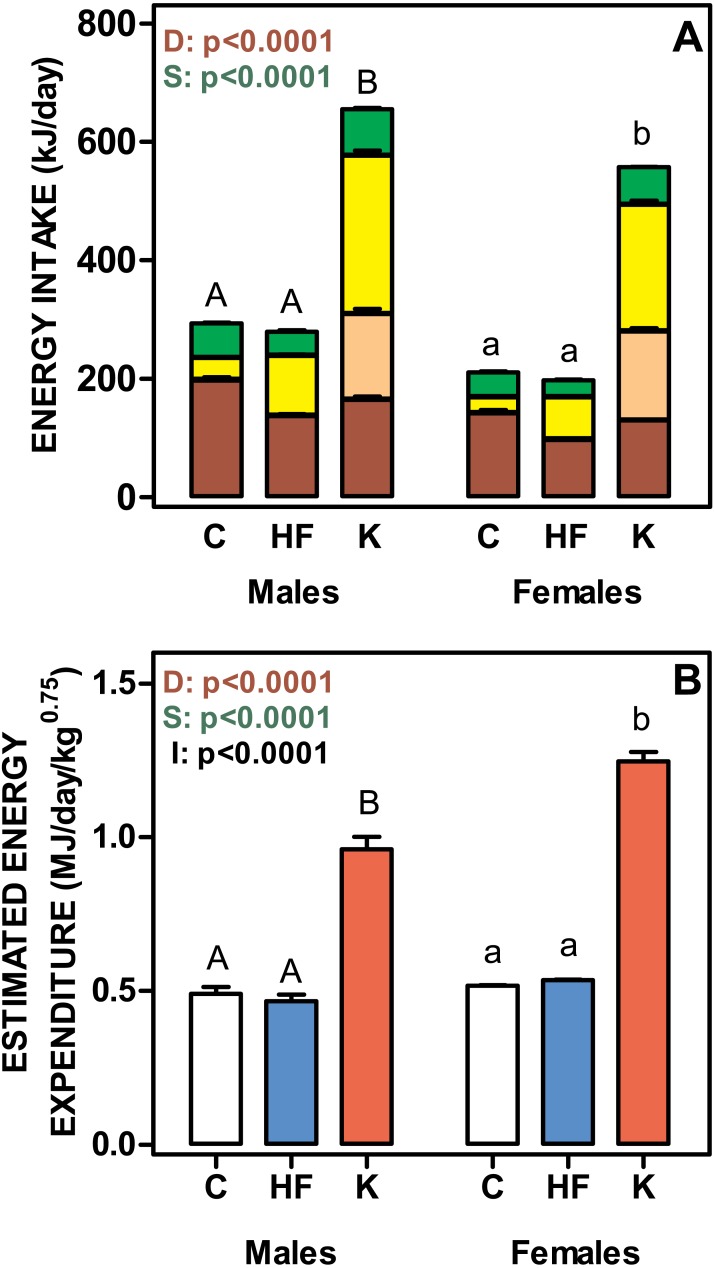Figure 3. Total daily nutrient intake and estimated daily energy expenditure of rats treated for 30-days with standard, high-fat or cafeteria diets.
(A) daily intake of protein, lipids, oligosaccharides and polysaccharides. Energy intake is expressed as kJ/day for each nutrient as stacked columns: brown bars represents polysaccharides; light brown bars oligosaccharides; yellow bars lipid and green bars protein. (B) estimated total daily energy expenditure expressed as MJ/day/weight0.75. White bars: standard diet (C); blue: high-fat diet (HF) and red: cafeteria diet (K). Data are the mean ± SEM of six to eight animals per group. Statistical significance of the differences were estimated for each nutrient group using two-way ANOVA (D, diet; S, sex; I, their interaction) and the Bonferroni post-hoc test showed differences between groups. Different letters represent statistically significant (p < 0.05) total energy intake/expenditure differences between groups of the same sex.

